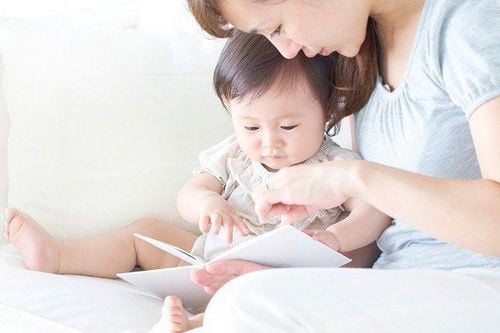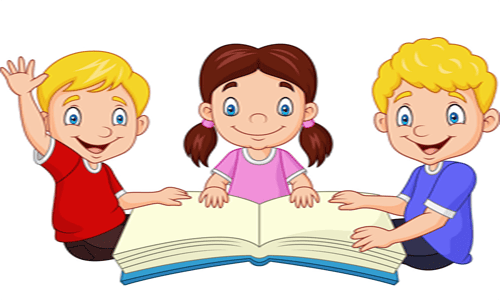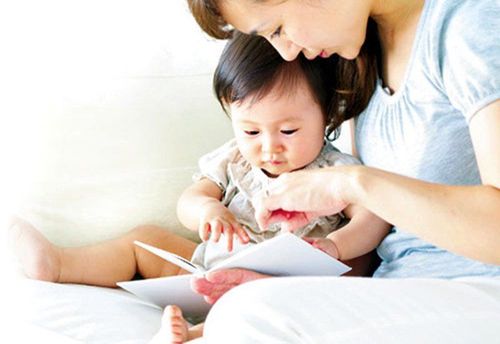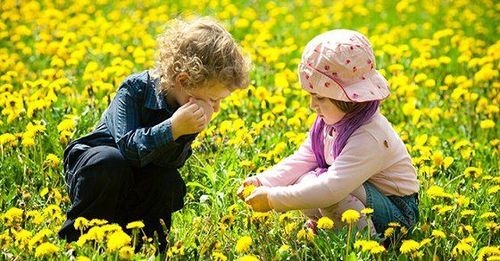This is an automatically translated article.
The article was written by Speech therapist Nguyen Thi Yen - Unit of Regenerative Medicine Clinic and Educational PsychologyHave you ever wondered if babies and young children need to read books? Can such young children understand what you read? Many scientists have studied the impact of reading on the comprehensive development of children and said that reading, talking, and singing play an extremely important role in the development of children. Children: about cognition, emotions, especially language.
1. Do babies and young children need to read books?

Dạy bé đọc sách từ bé để hình thành thói quen khám phá, học hỏi
Promote the development of brain, imagination; Helps develop language and emotions; Helps strengthen emotional relationships between children and caregivers; Help children understand the world around them; Children find joy and love in books; Supports the development of children's senses. >>> Teach children how to read books early
2. When can you start reading stories to children?
With babies and young children, you can start reading to your baby whenever you can. Many studies show that reading books as early as possible is beneficial for children's language development. Reading to children starting at 8 months of age has a significant impact on a child's language development later in life.>>> Teaching children to read: Need to understand what stage your child is at?
3. How to share reading with children?
Sharing reading doesn't mean you have to read the whole book to your child. Take a look at the book with your child and talk about the things you and your child both care about in the book. Children will learn by watching you hold the book correctly, the way you turn the pages, the way you point to each picture in the story, and the expressions on your face.
Read slowly and pause for at least a few seconds on each page, showing your child the pictures in the book. This helps children understand the connection between your words and the pictures in the book. It will also help children learn to listen and focus more. Slow down, turn each page carefully, at this point, you are modeling for your baby how to use the book appropriately. Instead of trying to read all the words, point out and name all the familiar and new things your child sees in books. The more words children hear, the more pictures they see, the more they learn. Change your voice and facial expressions while reading. This helps children both be inspired to listen to you read books, and easily receive different speech sounds. This is an important step in helping children learn pronunciation later on. >>> Young children love books that explain "why" and activities around
4. To read books with children effectively?

Hãy duy trì hoạt động đọc sách mỗi ngày với bé
Make the most of reading time with your child. At this point, the frequency of reading is more important than the duration or intensity of reading. That is, instead of spending 30 minutes a day reading to your child continuously, break these 30 minutes into different short periods of time. Depending on your child's interest, you can extend the reading activity from 3 to 5 minutes. Establish a distinctive and recognizable reading space. You can read books on the carpet, sit on a chair, on a lazy pillow, sit at a table or anywhere that makes you and your child feel comfortable. Putting books on a shelf or putting them in a box near where you sit will help your child understand: this is the space they will be reading in. Create and try to keep reading every day. You can read at noon or at night before your baby goes to bed, or schedule a time to read together with your child at a certain time of day. Reduce factors that distract your child's attention such as: turn off the TV, turn off the phone, close the door to the room to avoid noise, find a quiet space where your child can hear your voice. Turn reading into a fun activity by making fun sounds. For example, when pointing to a car, you can say “beep beep”,... Sit across from the child or sit close to the child or have the child sit on your lap while reading. This helps children easily observe the images in the book, and helps them observe the expressions on your face. Follow the child's interests and interests. You can introduce your child to about 2 story books and the child is the one to choose which one to read. What if one day your child becomes cranky and doesn't want to read a book or can't be patient enough to finish the book? It's okay, respect the child's decision. However, make sure you "finish" the book by reading the first and last pages of the book.
5. What books should babies and children read?
Children will love books that rhyme, rhyme, and have repetition. Repetition and rhythm make it easier for children to learn. Choose books that:Have bright colors, simple drawings, high contrast such as: black and white pictures. This will make it easier for your baby to concentrate. Books have different textures so that children can hear, see, and feel the book such as: books that touch, feel senses, books that make a rustling sound, etc. Books are made of soft, non-absorbent cloth or plastic. water, your child will probably enjoy putting it in his mouth or putting it in his bath. You can also completely create a book with pictures of your child and the activities and objects children are manipulating every day. This will make children extremely excited.
6. Can certain types of books be appropriate for children?
Types of cloth books Types of books that rustle, touch and feel senses Interactive books, flip open: children can manipulate right on the book
Please dial HOTLINE for more information or register for an appointment HERE. Download MyVinmec app to make appointments faster and to manage your bookings easily.
Article referenced source: raisingchildren.net.au












